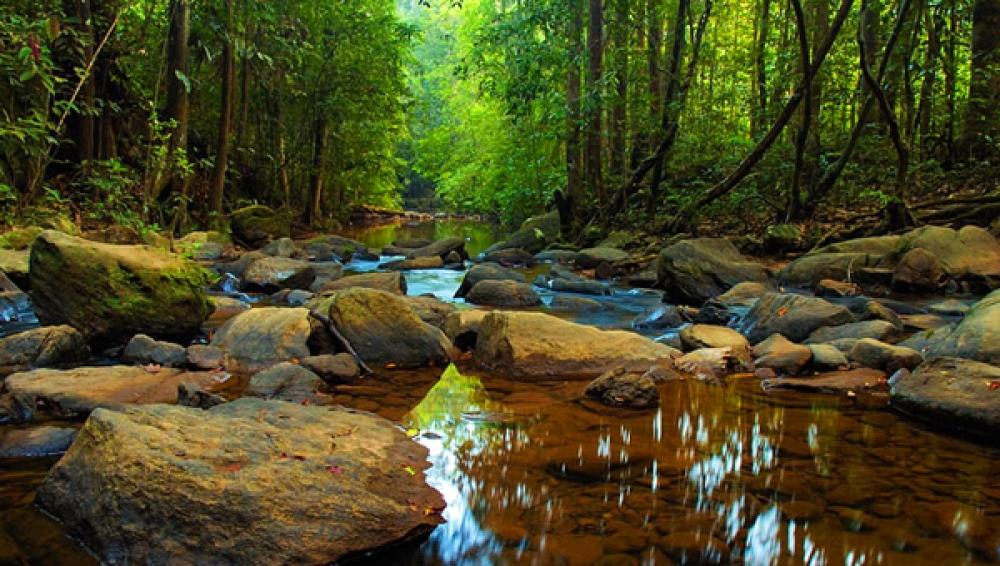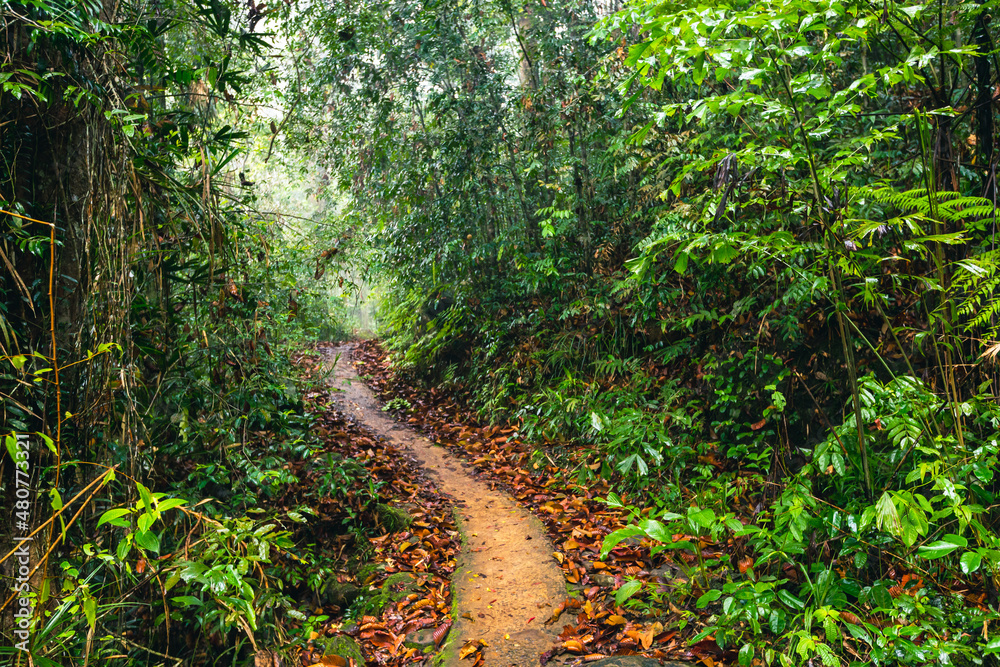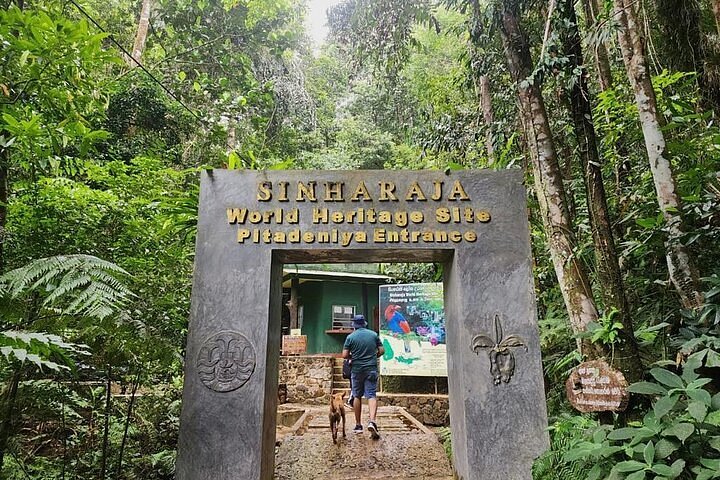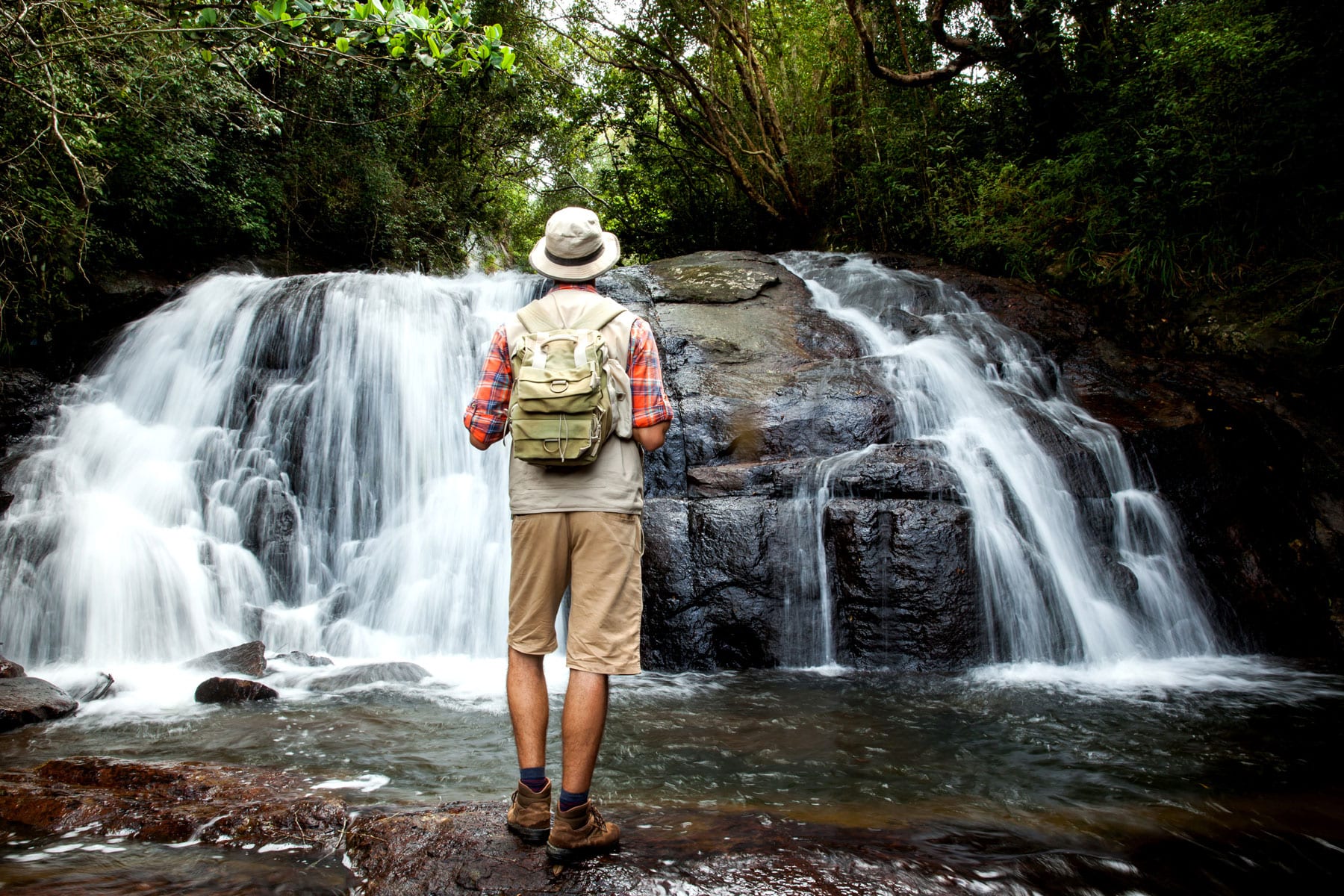Explore Sri Lanka with SoLuxuaryTours – Authentic Journeys, Hidden Treasures & Lasting Memories!
Contact Now !
Alice Roses
London, England
4517 Washington Ave.
Manchester, Kentucky 39495
Hours: 8:00 - 17:00, Mon - Sat
support@WeTour.com













Sinharaja Rain Forest
Sinharaja Rain Forest, a UNESCO World Heritage Site, is Sri Lanka’s last remaining stretch of primary tropical rainforest and one of the most biodiverse regions in the world. Located in the southwest lowlands, this lush ecosystem shelters an incredible range of life, with over 60% of its trees, mammals, and birds being endemic. The forest’s name, meaning “Kingdom of the Lion,” reflects its majestic and untamed beauty.
Visitors to Sinharaja can trek through thick canopies, spot rare species like the Sri Lankan Blue Magpie and Purple-faced Langur, and witness streams that weave through emerald valleys. The Mulawella Peak and Sinhagala Trail offer breathtaking viewpoints, while hidden waterfalls create serene natural havens. Beyond its scenic beauty, Sinharaja plays a crucial ecological role, regulating rainfall and protecting the island’s water sources. Guided eco-tours allow visitors to explore this living laboratory responsibly.
Sinharaja is not just a forest — it’s a sanctuary of life, a symbol of conservation, and a must-visit destination for nature enthusiasts and eco-travelers seeking an authentic encounter with Sri Lanka’s wild heart.
Nestled within the southwestern wet zone of Sri Lanka, the Sinharaja Rain Forest is a jewel of global biodiversity and one of the country’s most precious natural treasures. Declared a UNESCO World Heritage Site in 1988, this tropical rainforest spans approximately 11,000 hectares across the Sabaragamuwa and Southern Provinces. Its name, “Sinharaja,” meaning Lion King, perfectly captures the majesty and mystery that envelops this living ecosystem. Sinharaja is home to an astonishing array of plant and animal life. Over 60% of the tree species found here are endemic, along with countless species of birds, amphibians, butterflies, and mammals. Among its most famous inhabitants are the Sri Lankan Blue Magpie, Red-faced Malkoha, and Sri Lankan Hanging Parrot — making it a paradise for bird watchers. The forest’s dense canopy and misty trails provide a haven for explorers seeking tranquility amid unspoiled nature. Adventurous travelers can embark on treks such as the Sinhagala Trail and Mulawella Peak Trail, each offering rewarding climbs through thick undergrowth and panoramic views over an ocean of green. Along the way, crystal-clear streams and small waterfalls emerge from the dense foliage, creating perfect spots for rest and reflection. The forest’s natural soundscape — from the calls of exotic birds to the rustle of giant ferns — makes the experience deeply immersive. Sinharaja is not only an ecological wonder but also a vital environmental guardian. The forest acts as a natural water reservoir, feeding numerous rivers that sustain surrounding communities. Its vegetation helps regulate rainfall and stabilize the regional climate, underlining its importance in Sri Lanka’s environmental balance. The forest’s edges are dotted with small villages, where local communities coexist harmoniously with nature. Eco-tourism initiatives in Sinharaja emphasize sustainability — encouraging guided tours led by local naturalists who educate visitors about conservation while minimizing ecological impact. This approach allows travelers to appreciate the rainforest responsibly, ensuring its protection for future generations. Unlike many commercialized tourist spots, Sinharaja offers an intimate and authentic nature experience. There are no large hotels or noisy crowds — just the quiet rhythm of the forest, where every path leads to discovery. Whether you’re photographing rare butterflies, studying unique flora, or simply absorbing the serenity of an ancient landscape, Sinharaja promises a journey back to nature’s purest form. In essence, the Sinharaja Rain Forest stands as Sri Lanka’s living green heart — a sanctuary that showcases the island’s natural heritage, promotes eco-conscious tourism, and reminds the world of the timeless beauty and fragility of Earth’s wild ecosystems.
Fill in your details to get more details and Booking.
